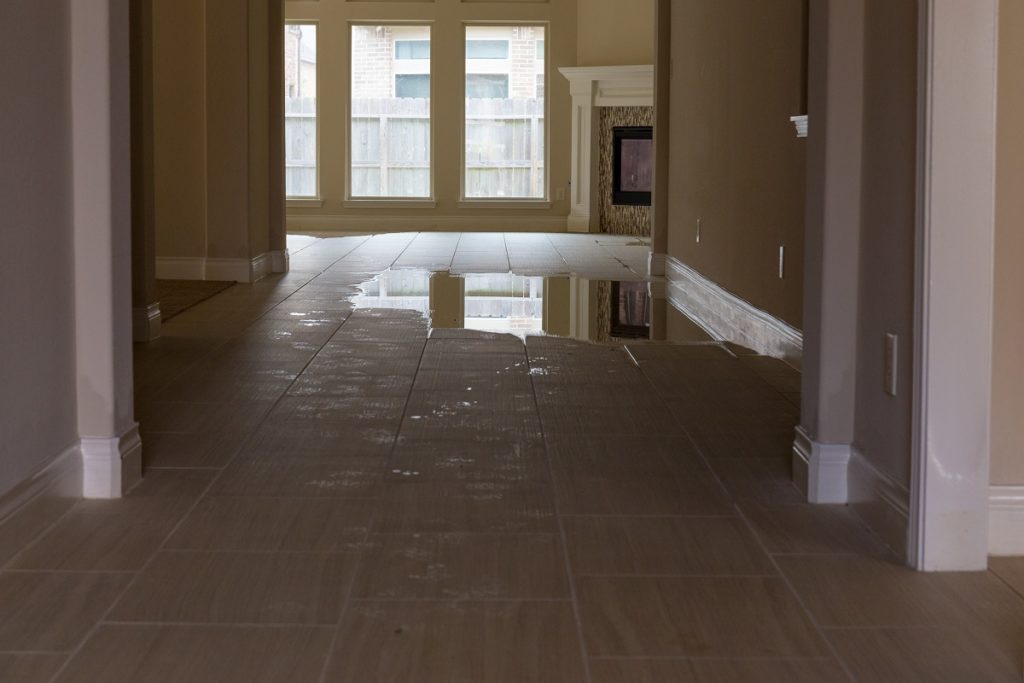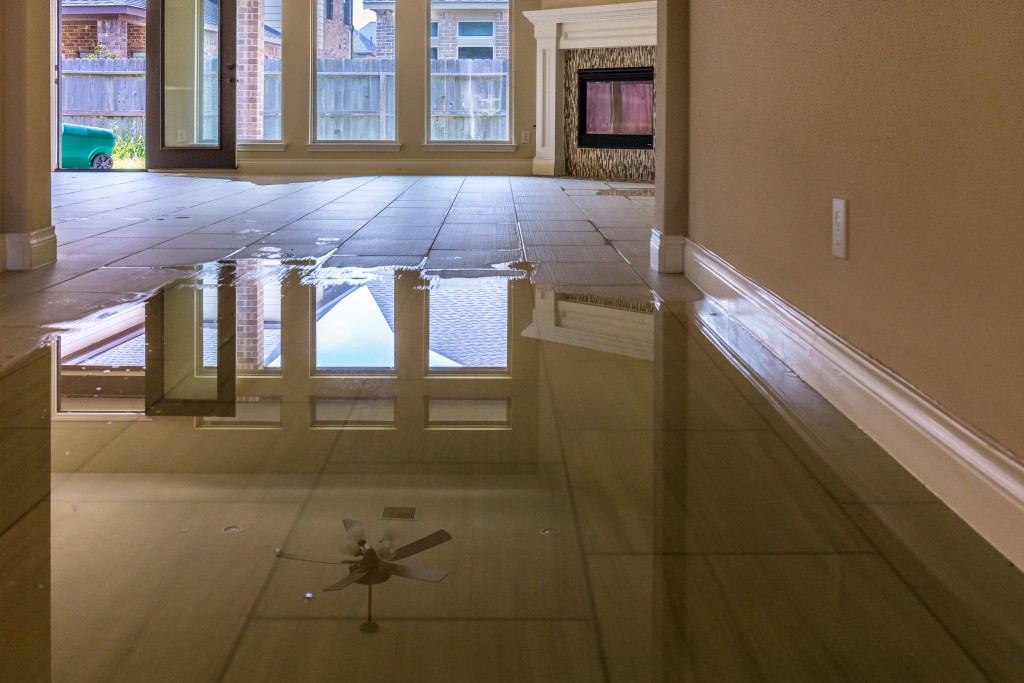Although rain might not seem much of a threat for most secure and sturdy homes, rain can often collect on low-lying areas that can eventually turn into flooding. In most cases, this situation doesn’t happen because of efficient drainage systems and storm drains that ensure that water is properly disposed to the right areas. Still, some areas don’t have the proper infrastructure to filter out floodwaters.
In most cases, remote and rural areas won’t have the same drainage systems as those in highly-urbanised city centres. Naturally, the rain will also land on our roofs and our home’s foundation.
For the most part, our homes’ roofs and gutter systems are designed to effectively dispose of and filter out water. Gable-shaped roofing, gutter systems, downspouts, and overhangs are just some designs that can ensure that water isn’t disposed of close to our home. But even these can help keep our home dry; there’s going to be some instances that water can pond on nooks and crannies of our home.
Water might not seem like much of a threat, right? Well, it can slowly chip away at the health and lifespan of our home. As such, it’s only appropriate that we identify early signs of water ponding and address these issues as soon as possible.
Telltale Signs of Drainage Issues
But right before we get into what are some preventive measures of water ponding on hard-to-reach areas, we’ll need to know the early signs of issues in drainage. Effectively identifying these signs can ensure that you won’t have any future problems while performing the necessary solutions.
So what are some signs that you’ll need to look out for?
- Debris and granules on gutters
- Drifting mulch on ponding water
- The soggy and muddy ground around your foundation
- Flaking walls and “sweating” ceiling
- Basement flooding and leaks
- Unsightly moulds and mildews on bathroom walls and walls close to your roof
- Water leaking towards places that they shouldn’t be in
As you can see, there are a variety of tell-tale signs that your drainage system might not be as effective. So what are some ways of preventing the accumulation of water in your home?

Keeping Your Entrance Dry
Normally, our home’s entrance is one that will get a lot of foot traffic. On rainy days, we wouldn’t want our home’s entrance and lobby getting smeared with mud and water, right? Having a doormat that won’t easily get soaked up in rain and water can come in handy. Fortunately, you can easily buy rubber door mats online, especially if you want to wipe the mud and grime off your shoes and boots right before you get inside the home. Not only are they great for homes that might be situated in areas with a lot of rain (because they don’t soak too much water), but they’re also quite stylish and can easily blend in with any interior and exterior design.
Clean Your Gutter System
Another great way of ensuring that debris won’t build up on your gutters is by cutting down foliage and trees that might fall into your gutters and roof. If debris does get into your gutters, you might need to reach out and pull out any plant matter, twigs, and branches that might cause the clogging. You don’t necessarily have to use your bare hands as a trowel can easily remove any gunk and debris.
Right after your pull out all the filth in the gutter, water will usually start flowing in the right direction. Still, you’ll need to clean your gutters two times in a year, and in years that don’t necessarily have that much rain, such as summer.
Rain Gardens Are Useful
If you haven’t known yet, vegetation is a great way of soaking up water from the ground, ensuring that water does not bond and the ground won’t become soggy. With enough planted to create a garden, you can ensure that excess water will go to these plants. The garden will consist of multiple layers of soil and plants that will help keep your exterior dry and your foundations away from damage.
There are a variety of ways of keeping water off of your home. Overall, you don’t have to make repairs, as long as you prevent damages from appearing by discerning early signs of damages. Although you might have to spend for these ways at some point, you’re essentially saving thousands that might go into replacements and repairs. After all, your and your loved ones’ safety should always be your priority.


